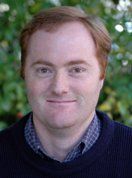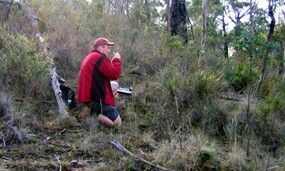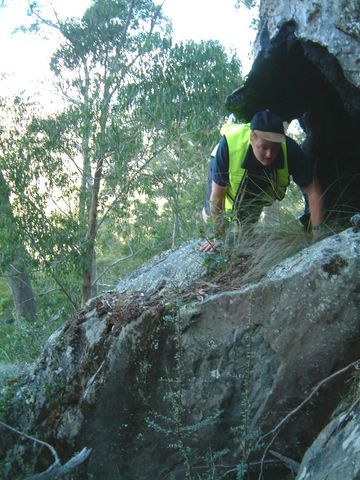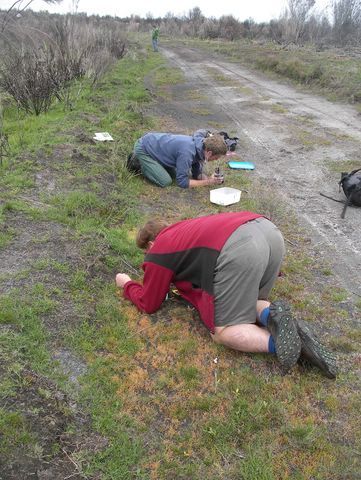Mark Wapstra is an ecologist who prides himself on his dedication to detailed assessments and a balanced view of proposals, with an emphasis on finding balanced and equitable solutions to taking account of environmental values in the context of development proposals.
Mark’s unofficial motto for any project is “quality first”, attempting to leave no stone unturned in undertaking detailed field assessments and preparing reports that emphasise practical unopinionated solutions to the issues identified.
Mark has a Bachelor of Science (Hons.) with a major in zoology from the University of Tasmania. He spent over 10 years working as an ecologist at the Forest Practices Authority. Mark’s contribution to the forest practices system was recognised in 2007 with an
award for excellence in research, advice and services to forest managers.


Mark assessing an area near Hobart for the rare grass Rytidosperma indutum (photo: Stephen Bresnehan)
While he has lost none of his enthusiasm for working with Tasmania’s unique fauna, his work within the forestry sector stimulated a keen interest in the vascular flora of Tasmania. Mark spends much time in the bush and prides himself on keeping up with the taxonomy of Tasmanian plants.
Mark has several areas of scientific interest including the taxonomy and ecology of native species of Senecio (fireweeds and groundsels), the ecology of our most fascinating plant Thismia rodwayi (fairy lanterns), the ecology of native orchids (co-authoring the current recovery plan), and the management of hollow-bearing trees in wood production forests. Mark has authored numerous scientific and technical reports on many subjects and continues to write books on Tasmanian plants, collaborating with Tasmanian, Australian and international scientists (see publication list).
Mark was a two-term (6 years) member of the Scientific Advisory Committee (SAC) and the Community Review Committee (CRC) under the Tasmanian Threatened Species Protection Act 1995. He is a member of the Royal Society of Tasmania, BirdLife Tasmania and the Tasmanian Field Naturalists Club (and edited the club’s journal The Tasmanian Naturalist for 9 years).



